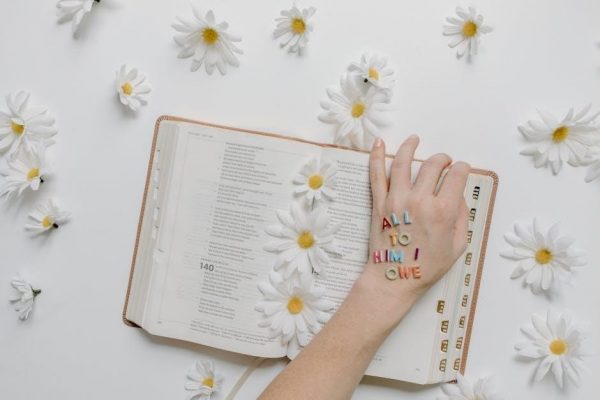Earning the Junior Gardener Badge introduces girls to the fundamentals of gardening, encouraging hands-on experience with soil, plants, and ecosystems. This badge fosters an appreciation for nature and nurtures essential skills in cultivation and sustainability.
Overview of the Junior Gardener Program
The Junior Gardener Program is designed to engage young participants in hands-on gardening activities, fostering a connection with nature and promoting environmental stewardship. The program is structured to be inclusive, catering to diverse abilities and interests, ensuring all members can actively participate. It emphasizes teamwork, creativity, and responsibility through activities like planting, nurturing plants, and exploring ecosystems. The curriculum is tailored to the Junior grade level, offering age-appropriate challenges and learning opportunities. By focusing on the basics of gardening, the program aims to inspire a lifelong appreciation for growing plants and understanding the natural world. Resources and materials are provided to simplify the planning process, making it accessible for troop leaders and participants alike. The program also encourages collaboration, allowing girls to work together on projects that contribute to their community’s beauty and sustainability. This comprehensive approach ensures a well-rounded experience, blending education with practical application.
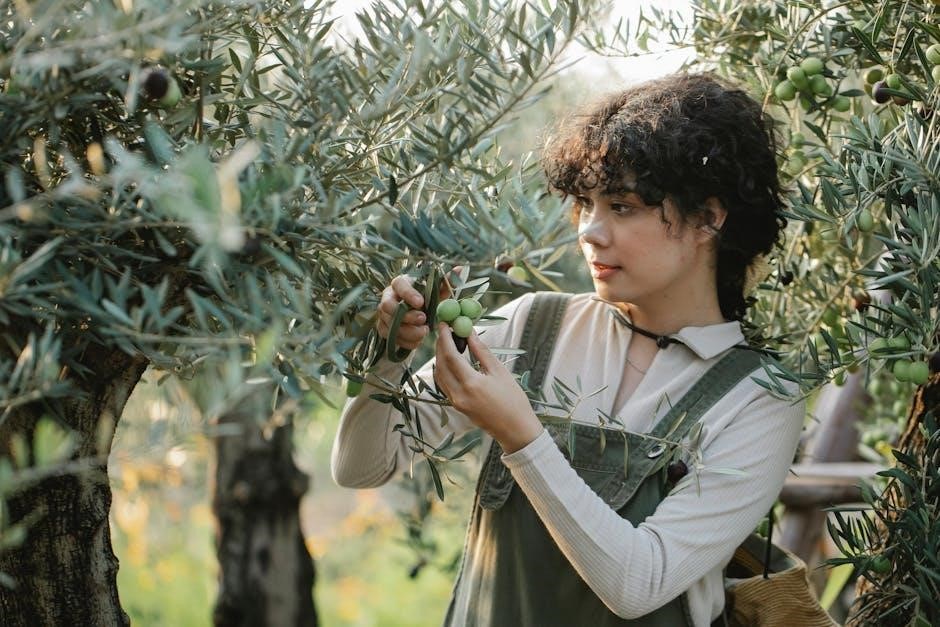
Badge Requirements and Objectives
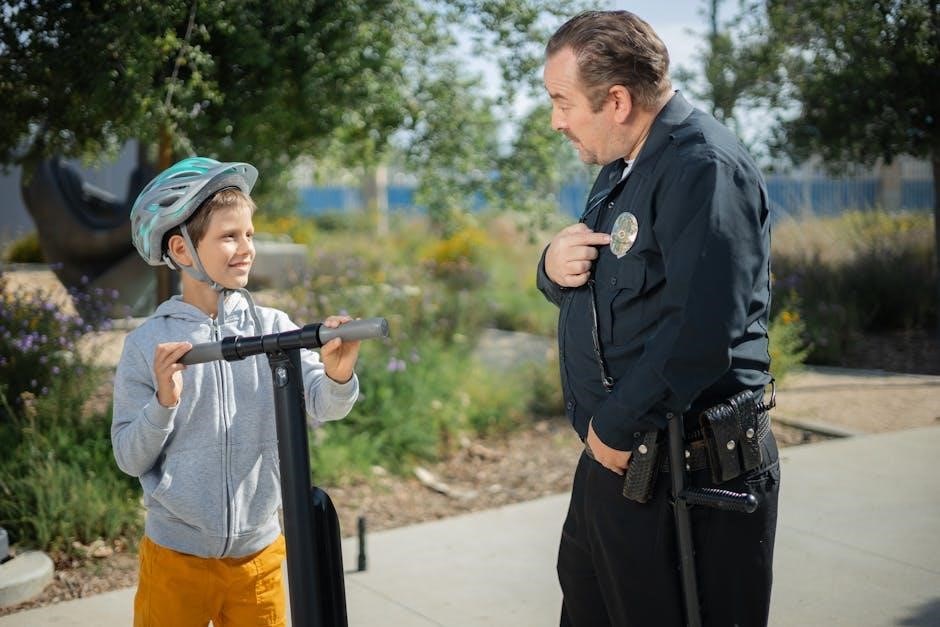
Earning the Junior Gardener Badge requires completing a series of activities designed to build gardening skills and environmental awareness. Girls must participate in hands-on experiences such as planting seeds, observing plant growth, and learning about soil composition; They also explore different types of gardens, like vegetable or flower gardens, and discuss their purposes. Additionally, girls are encouraged to create their own garden designs, considering factors like sunlight and water needs. The objectives include fostering teamwork through collaborative gardening projects and promoting sustainability by teaching water conservation and composting. Girls also learn about the role of pollinators and how to attract them to their gardens. By fulfilling these requirements, participants gain a deeper understanding of gardening principles and develop a sense of responsibility toward the environment. The badge aims to cultivate curiosity and creativity while providing a foundation for future gardening endeavors.

Earning the Junior Gardener Badge
Earning the Junior Gardener Badge involves hands-on gardening experiences, collaborative activities, and environmental stewardship. Girls learn to plant seeds, observe growth, and understand ecosystems, fostering creativity and responsibility while connecting with nature.

Activity Planning and Execution
Activity planning and execution are crucial for earning the Junior Gardener Badge. Girls participate in hands-on gardening experiences, such as exploring gardens, observing plant growth, and creating a “dream garden” collage. Activities are designed to be engaging and educational, fostering teamwork and creativity. Leaders should ensure materials like magazines, catalogs, and gardening tools are prepared in advance. Each activity aligns with badge requirements, emphasizing environmental stewardship and practical skills. Girls also learn to document their progress, reflecting on what they’ve learned. These experiences not only help girls earn their badge but also inspire a lifelong appreciation for nature and gardening. Proper planning ensures activities are inclusive and accessible, allowing all participants to contribute and grow.
Materials and Tools Needed
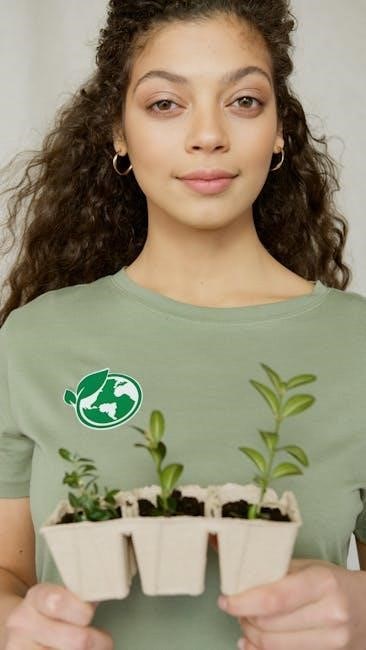
To successfully complete the Junior Gardener Badge, specific materials and tools are required. These include magazines or catalogs with plant images, scissors, glue, and paper for creating a “dream garden” collage. Gardening tools like gloves, trowels, and watering cans are essential for hands-on activities. Additional materials may vary depending on the activity, such as seeds, soil, and pots for planting. A detailed materials list is provided in the Volunteer Toolkit and other resources to ensure troop leaders are well-prepared. These tools and materials are designed to make activities engaging and educational, fostering creativity and teamwork. Having everything ready in advance ensures smooth execution of each activity, allowing girls to focus on learning and having fun while earning their badge. Proper preparation also helps in creating an inclusive environment where everyone can participate fully. These resources are vital for helping girls develop their gardening skills and appreciation for nature.
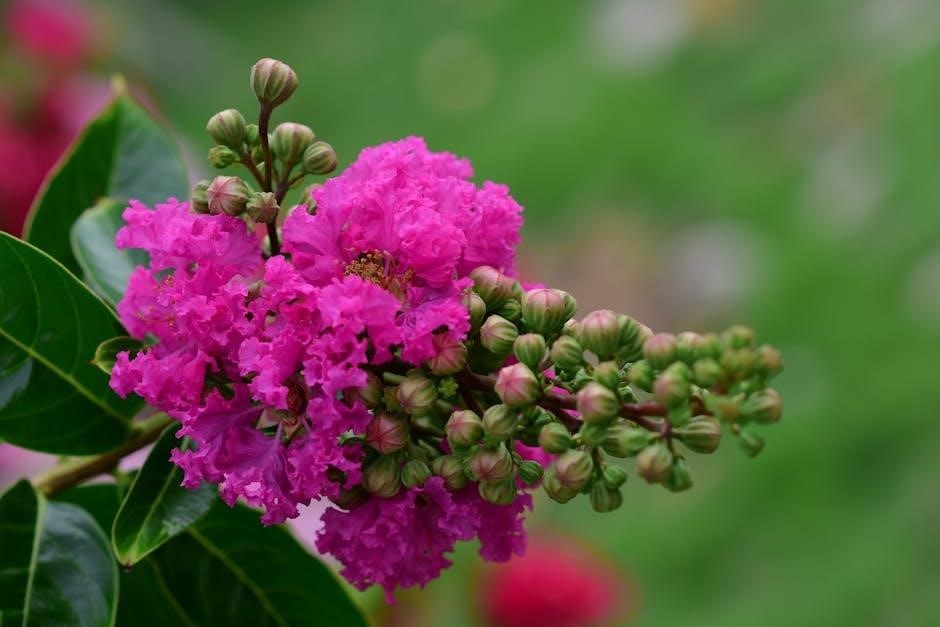
Troop Organization and Participation
Troop organization is crucial for the successful completion of the Junior Gardener Badge. Girls are grouped by grade levels, with Juniors typically in grades 4-5, working together under the guidance of troop leaders. Leaders utilize resources like meeting aids and activity plans to ensure structured and engaging sessions. Troop participation is encouraged through collaborative activities, such as planting, observing gardens, and creating collages, which foster teamwork and creativity. Older Girl Scouts, such as Cadettes or Seniors, may assist in leading activities, promoting mentorship and leadership skills. The troop structure ensures that every girl has the opportunity to contribute and learn, while leaders provide support and guidance. This collaborative environment helps girls develop problem-solving skills, teamwork, and a sense of accomplishment as they work toward earning their badge together. Effective organization and participation are key to a positive and productive experience for all members.
Additional Resources and Support
Girl Scouts offers extensive resources, including activity plans, materials lists, and accessibility guides, to support troop leaders in helping girls earn the Junior Gardener Badge. These tools ensure inclusive and engaging experiences.
Accessibility and Inclusion in Gardening Activities
Gardening activities for the Junior Gardener Badge are designed to be inclusive, ensuring all girls can participate. Resources like the Focus on Ability guide provide tips for working with girls of all abilities, emphasizing adaptability. Leaders are encouraged to consult with parents or guardians to understand specific needs, ensuring every girl feels included. Activities can be modified to accommodate physical or sensory challenges, such as using adaptive tools or providing tactile alternatives for planting. Troop leaders are also advised to create a supportive environment where girls can collaborate and learn from one another. This inclusive approach fosters teamwork and ensures every participant can contribute meaningfully to gardening projects. By prioritizing accessibility, the Junior Gardener Badge program promotes diversity and equity, allowing all girls to grow their skills and confidence.
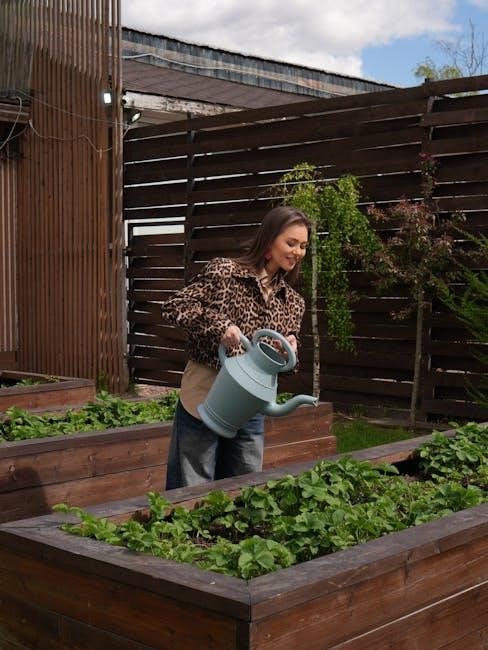
Evaluation and Completion of Badge Requirements
Earning the Junior Gardener Badge requires girls to demonstrate their understanding of gardening principles and complete hands-on activities. Leaders assess progress through participation, observation, and review of completed tasks. The process ensures girls meet all specified requirements, promoting skill development and confidence. A final review of their work confirms readiness for the badge, which is then awarded in a celebratory manner. This structured approach guarantees a meaningful experience, preparing girls for future challenges in environmental stewardship and community engagement.
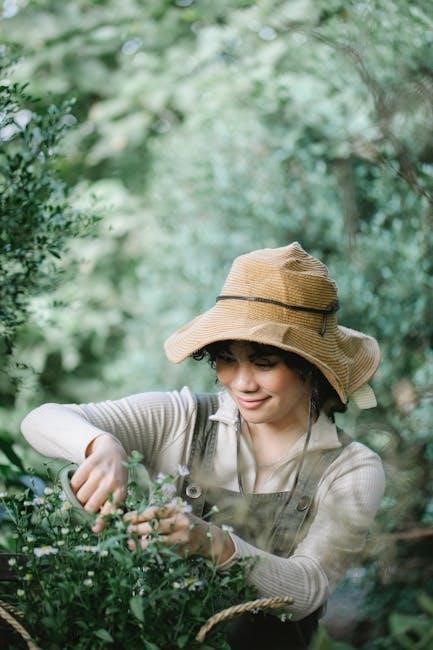
The Junior Gardener Badge offers a rewarding journey for young participants, fostering a deep connection with nature and cultivating essential life skills. By engaging in hands-on activities and completing the outlined requirements, girls develop a strong foundation in gardening and environmental stewardship. The program not only enhances their knowledge of plants and ecosystems but also encourages creativity, teamwork, and responsibility. Completing the badge is a testament to their dedication and growth, providing a sense of accomplishment and pride. Leaders and parents play a crucial role in guiding girls through this process, ensuring they have the support and resources needed to succeed. The Junior Gardener Badge is more than just an achievement—it’s an opportunity to inspire a lifelong appreciation for gardening and the outdoors. With its comprehensive approach, it empowers girls to become confident, capable individuals who contribute positively to their communities and the environment.

